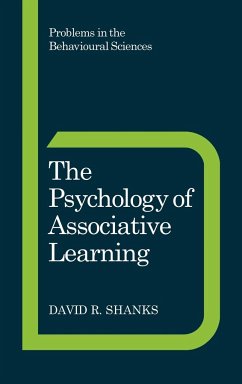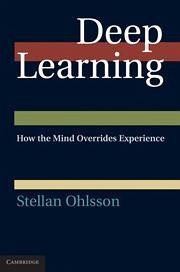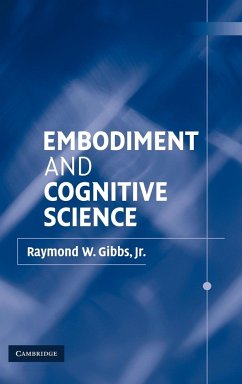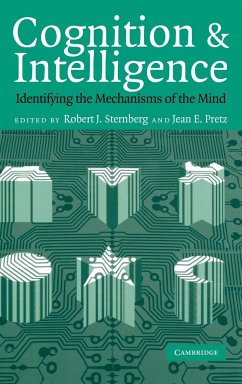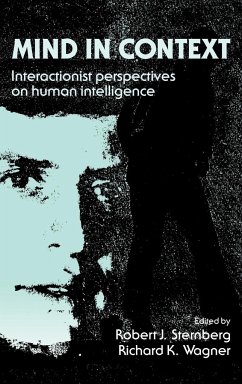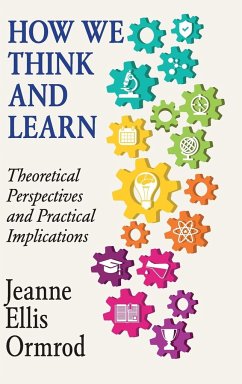
Learning to Read and Write
A Cross-Linguistic Perspective
Herausgeber: Hatano, Giyoo; Fischer, Kurt W.; Butterworth, George

PAYBACK Punkte
59 °P sammeln!
For many years, the development of theories about the way children learn to read and write was dominated by studies of English-speaking populations. As we have learned more about the way that children learn to read and write other scripts - whether they have less regularity in their grapheme-phoneme correspondences or do not make use of alphabetic symbols at all - it has become clear that many of the difficulties that confront children learning to read and write English specifically are less evident, or even non-existent, in other populations. At the same time, some aspects of learning to read...
For many years, the development of theories about the way children learn to read and write was dominated by studies of English-speaking populations. As we have learned more about the way that children learn to read and write other scripts - whether they have less regularity in their grapheme-phoneme correspondences or do not make use of alphabetic symbols at all - it has become clear that many of the difficulties that confront children learning to read and write English specifically are less evident, or even non-existent, in other populations. At the same time, some aspects of learning to read and write are very similar across scripts. The unique cross-linguistic perspective offered in this book, including chapters on Japanese, Greek and the Scandinavian languages as well as English, shows how the processes of learning to read and spell are affected by the characteristics of the writing system that children are learning to master.
Table of contents:
1. Introduction Margaret Harris and Giyoo Hatano; 2. The acquisition of Italian orthography Giuseppe Cossu; 3. Learning to read German: normal and impaired acquisition Heinz Wimmer, Karin Landerl and Uta Frith; 4. Learning to read and spell in Greek: the importance of letter knowledge and morphological awareness Margaret Harris and Vicky Giannouli; 5. Phonological awareness, syntactic awareness and learning to read and spell in Brazilian Portuguese Lucia Lins Browne Rego; 6. Learning to read and write in Hebrew David Share and Iris Levin; 7. Different morphemes, same spelling problems: cross-linguistic developmental studies, Peter Bryant, Terezhina Nunes and Athanasios Aidinis; 8. The relationship between phonological awareness and orthographic representation in different orthographies Usha Goswami; 9. Learning to read in Scandinavia Ingvar Lundberg; 10. Learning to read Chinese J. Richard Hanley, Ovid Tzeng and H.-S. Huang; 11. Reading skill development in bilingual Singaporean children Susan Rickard Low; 12. Learning to read and write in Japanese Kiyomi Akita and Giyoo Hatano.
Brings a unique cross-linguistic perspective to our understanding of how children learn to read and write in different languages and scripts which vary from each other in important ways. It includes chapters on the speed with which children learn to read and spell and the strategies they adopt when learning.
Cross-linguistic perspective on how children learn to read and write in different languages and scripts.
Table of contents:
1. Introduction Margaret Harris and Giyoo Hatano; 2. The acquisition of Italian orthography Giuseppe Cossu; 3. Learning to read German: normal and impaired acquisition Heinz Wimmer, Karin Landerl and Uta Frith; 4. Learning to read and spell in Greek: the importance of letter knowledge and morphological awareness Margaret Harris and Vicky Giannouli; 5. Phonological awareness, syntactic awareness and learning to read and spell in Brazilian Portuguese Lucia Lins Browne Rego; 6. Learning to read and write in Hebrew David Share and Iris Levin; 7. Different morphemes, same spelling problems: cross-linguistic developmental studies, Peter Bryant, Terezhina Nunes and Athanasios Aidinis; 8. The relationship between phonological awareness and orthographic representation in different orthographies Usha Goswami; 9. Learning to read in Scandinavia Ingvar Lundberg; 10. Learning to read Chinese J. Richard Hanley, Ovid Tzeng and H.-S. Huang; 11. Reading skill development in bilingual Singaporean children Susan Rickard Low; 12. Learning to read and write in Japanese Kiyomi Akita and Giyoo Hatano.
Brings a unique cross-linguistic perspective to our understanding of how children learn to read and write in different languages and scripts which vary from each other in important ways. It includes chapters on the speed with which children learn to read and spell and the strategies they adopt when learning.
Cross-linguistic perspective on how children learn to read and write in different languages and scripts.







